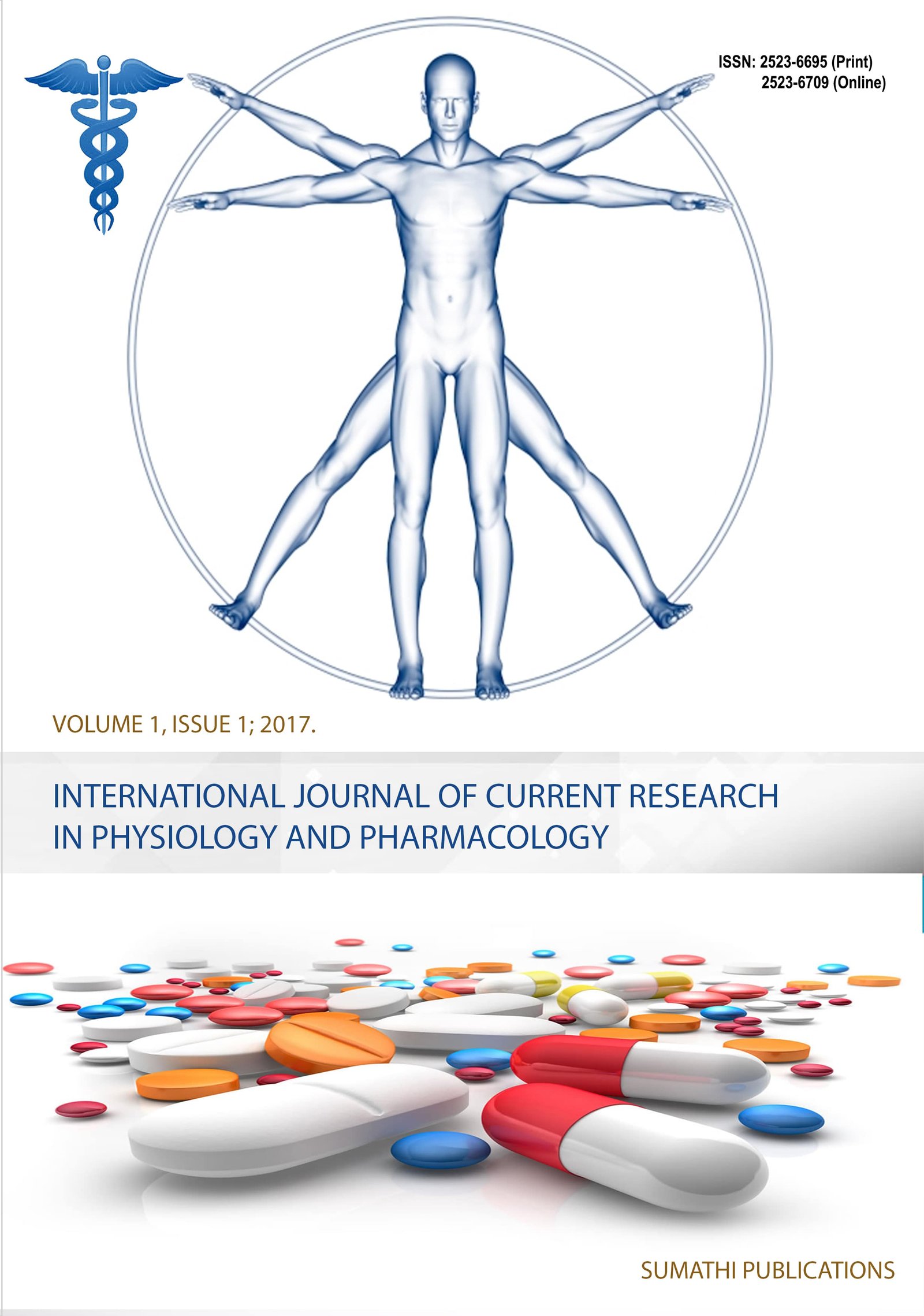Evaluating serum C-reactive protein level in patients with chronic obstructive pulmonary disease – A cross-sectional study
DOI:
https://doi.org/10.31878/ijcrpp.2019.34.1Keywords:
CRP, chronic obstructive pulmonary disease (COPD), imphalAbstract
Abstract
Patients with the chronic obstructive pulmonary disease have ongoing systemic inflammation, which can be assessed by measuring serum C- reactive protein.
Objective: To explore whether CRP could be used as an independent predictor of disease outcome in COPD.
Methods: A cross-sectional study was conducted among 50 COPD patients attending Respiratory Medicine outpatient services in the Regional Institute of Medical Sciences (RIMS), Imphal from January 2015 to September 2016. Patients aged 18-67 were included in the study after obtaining Ethical approval from the Research Ethics Board, RIMS, Imphal. Computerized Spirometer Helios 401 was the instrument used to measure lung volumes and capacities. BeneSpheraTM CRP Latex Slide test kit was used to estimate serum c-reactive protein.
Results and observation: The present study was conducted on fifty COPD patients in which serum CRP level showed positive correlation with COPD (p=0.002) but serum CRP level with spirometric parameters showed significant negative correlation;FEV1 (r=-0.451, p=0.001), FEV1/FVC (r=-0.617, p<0.001) and PEFR (r=-0.398, p=0.004).
Conclusion: In our study, we found an association between serum CRP level and severity of COPD and Plasma CRP may be used as a marker of prognosis in COPD as the small increase is associated with poorer prognosis in COPD.
Keywords: CRP; Chronic obstructive pulmonary disease (COPD); Imphal.
Downloads
References
Published
Issue
Section
License
Copyright (c) 2019 Karthika M, Prakash Chandra Bhardwaj, Laimayum Amarnath Sharma, Laimayum Amarnath Sharma, W Kanan, W Asoka Singh

This work is licensed under a Creative Commons Attribution-NonCommercial-ShareAlike 4.0 International License.
The journal allows the author(s) to hold the copyright without restrictions and will retain publishing rights without restrictions.
The submitted papers are assumed to contain no proprietary material unprotected by patent or patent application; responsibility for technical content and for protection of proprietary material rests solely with the author(s) and their organizations and is not the responsibility of the journal. The main (first/corresponding) author is responsible for ensuring that the article has been seen and approved by all the other authors. It is the responsibility of the author to obtain all necessary copyright release permissions for the use of any copyrighted materials in the manuscript prior to the submission.
What are my rights as an author?
It is important to check the policy for the journal to which you are submitting or publishing to establish your rights as
Author. Journal's standard policies allow the following re-use rights:
- The journal allows the author(s) to hold the copyright without restrictions.
- The journal allows the author(s) to obtain publishing rights without restrictions.
- You may do whatever you wish with the version of the article you submitted to the journal.
- Once the article has been accepted for publication, you may post the accepted version of the article on your own personal website, your department's website or the repository of your institution without any restrictions.
- You may not post the accepted version of the article in any repository other than those listed above (i.e. you may not deposit in the repository of another institution or a subject-matter repository) until 12 months after publication of the article in the journal.
- You may use the published article for your own teaching needs or to supply on an individual basis to research colleagues, provided that such supply is not for commercial purposes.





